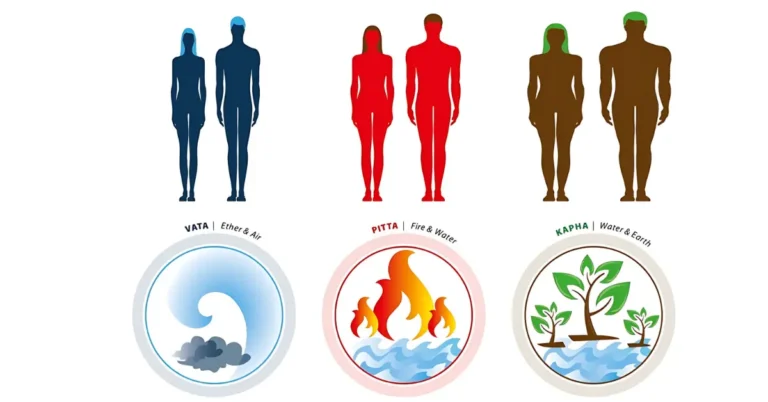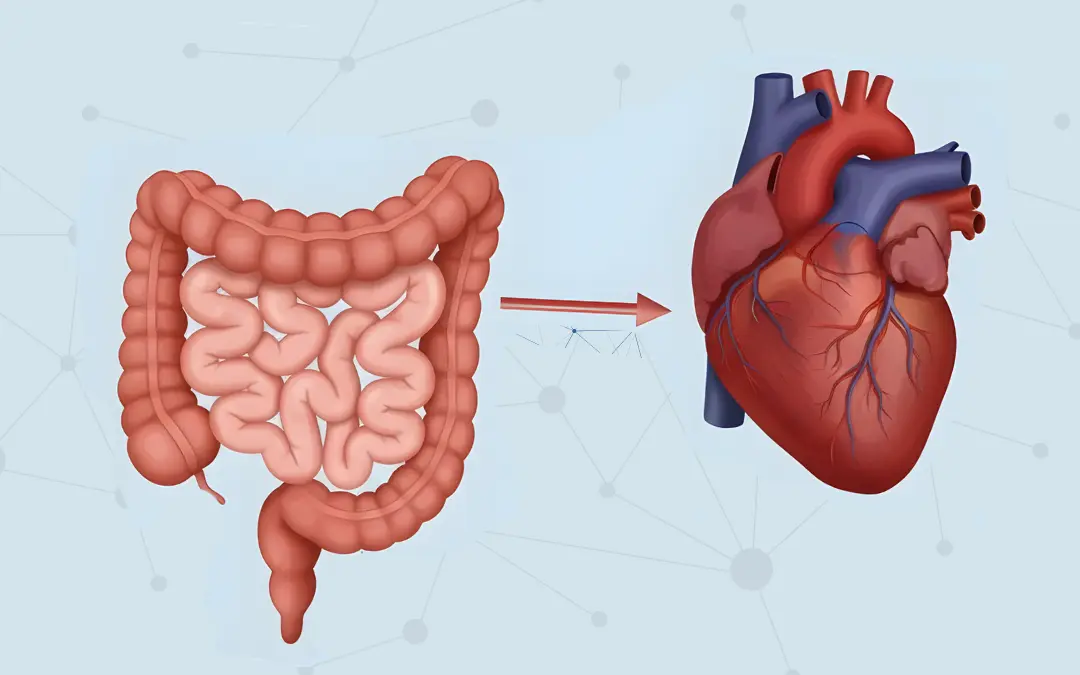- Written by Dr Manjula Gupta, Consultant at UWAY Health
Did you know that pharmaceutical companies quietly adjust their production volumes based on the season?
Every year, around the end of monsoon and the start of autumn, pharma companies begin ramping up stocks of antacids, anti-allergy medications, skin creams for eczema and rashes, and even mild sedatives. They do this because experience has taught them what’s coming. As the weather shifts from humid to dry and cool, people begin showing familiar signs – acid reflux, skin flare-ups, irritability, poor sleep.
If pharma companies are preparing in advance for seasonal changes, shouldn’t we be doing the same for our bodies?
Ayurveda health science has been preparing people for this seasonal transition for over 2,000 years. And it even has a name for it “Sharad Ritu” . This is the early autumn period, typically from mid-September to mid-November, when the Pitta dosha the fire-energy in our body begins to aggravate.
Let me give you a simple understanding of what a Dosha is.
Health is governed by the balance of three vital energies or “Doshas”—Vata, Pitta, and Kapha. These are not physical substances but biological forces that represent combinations of the five elements: space, air, fire, water, and earth.
Vata controls movement, the nervous system, and circulation.
Pitta governs digestion, metabolism, and body temperature.
Kapha provides structure, strength, and lubrication to the body.
Each person has a unique balance of these three Doshas, and this balance also shifts with age, lifestyle, and seasons. During Sharad Ritu, the accumulated Pitta dosha (fire element) tends to get aggravated due to the environmental changes—and that’s why we see a rise in heat-related symptoms like acidity, skin inflammation, and irritability.

What is "Sharad Ritu" and Why It Affects You
Sharad Ritu follows the heat of summer (Grishma) and the wetness of monsoon (Varsha). During summer, our bodies slowly accumulate Pitta due to the external heat, lighter foods, erratic routines, and increased exposure to the sun. By the time autumn begins, this stored heat rises to the surface, often causing disturbances in skin, digestion, and mental balance.
If you tend to experience skin breakouts, acidity, heartburn, or a general feeling of restlessness around this time of year, you’re not alone. These are common signs that your internal Pitta is flaring up—and your body is trying to cool down.
Three Health Issues That Commonly Worsen in Autumn
1. Skin Inflammation and Sensitivity
Sharad Ritu often brings with it inflammatory skin conditions—acne, rashes, eczema, or itching. That’s because Pitta expresses itself through the blood and skin. If you’re prone to skin issues, you may notice they intensify during this season.
What helps:
- Daily self-massage with cooling oils like coconut or brahmi
- Gentle application of herbs like neem, manjistha, or sandalwood
- Avoiding direct sunlight during peak hours and reducing use of chemical-based cosmetics

2. Acidity, Bloating, or Loose Motions
Pitta governs digestion. In this season, the digestive fire or Agni can become too strong, leading to symptoms such as hyperacidity, acid reflux, burning in the stomach or throat, and loose stools.
What helps:
- Sipping fennel-coriander tea or amla juice throughout the day
- Avoiding spicy, oily, fermented, or sour foods
- Eating gentle meals like moong dal with rice, ghee, and cooked vegetables like pumpkin
- Using Ayurvedic formulations like Avipattikar Churna or Triphala to cool the digestive system

3. Mental Irritability and Poor Sleep
Pitta also governs mental functions like focus, drive, and ambition. When aggravated, these can shift into irritability, impatience, emotional outbursts, or difficulty unwinding.
What helps:
- Practicing Chandra Bhedana Pranayama (left nostril breathing) in the morning
- Applying brahmi oil to the scalp before bed
- Taking short digital detox breaks during the day
- Journaling or walking in quiet outdoor spaces in the evening

And Then Comes Vata…
As autumn progresses, the air becomes cooler and drier. While Pitta dominates the early part of Sharad Ritu, Vata begins to rise silently. Its dry, light, and mobile qualities start showing up in different ways—dry skin, constipation, joint stiffness, anxiety, or disrupted sleep.
This makes autumn a dual-dosha season. First, Pitta must be calmed. Then, Vata needs to be grounded before it dominates in the late autumn and winter months.
How to Adjust Your Routine for Autumn
Ayurveda offers a clear seasonal lifestyle guide called Ritucharya. The aim is not to over-correct, but to realign gently with the rhythm of nature.
Food and Diet
Favour foods that are:
- Cooling, sweet, bitter, and astringent
- Moist and easy to digest
- Seasonally appropriate
Examples include apples, pomegranate, amla, bottle gourd, pumpkin, moong dal, ghee, rice, fennel, and coconut water.
Avoid or reduce:
- Sour, spicy, oily, fermented foods
- Tomatoes, vinegar, yogurt, pickles, red meat
- Alcohol, garlic, and onions in excess
Daily Routine Adjustments
- Begin your day with a self-massage using coconut or brahmi oil
- Bathe with lukewarm water (not hot)
- Wear light, breathable cotton clothes in calming colours like blue, white, or pastels
- Stick to a consistent sleep schedule
- Avoid excessive stimulation—whether physical, mental, or emotional
Useful Herbs for Autumn
Does Modern research Agree on this ?
Even without knowing Ayurveda, modern research supports this wisdom. And that is precisely why Pharma companies stock the medicines I mentioned earlier.
- Inflammatory markers often rise during seasonal transitions
- Skin becomes more sensitive and dry in cooler months
- Gut flora shifts with climate and diet, affecting digestion and immunity
- Melatonin and serotonin, key hormones that regulate sleep and mood, are influenced by daylight

Ayurveda protocols simply gives us a framework to anticipate and adapt to these changes—before they create discomfort or disease.
A Gentle Reminder
Autumn is not just a change in temperature it’s a metaphor. Trees begin to let go of their leaves to prepare for winter. In the same way, your body invites you to let go of heat, overstimulation, stress, and habits that no longer serve you.
This is the time to take a deep breath and reflect
Not because something is wrong but because everything is changing. And if you shift with the season instead of against it, you stay balanced—not just physically, but emotionally and mentally too.
If pharmaceutical companies prepare for autumn, we can take that as a cue. But rather than reacting to symptoms,
Please understand Health isn’t a fixed state It’s a moving rhythm. When we live in tune with nature, that rhythm becomes easier, lighter, and more sustainable.
As the leaves begin to turn, perhaps your lifestyle should gently turn too.
The lifestyle suggestions and tips shared above are for general guidance only. Ayurveda treatments are deeply personalised. If you are experiencing symptoms or have an existing health condition, please consult a qualified Ayurveda doctor before making any changes.
For seasonal Ayurvedic consultations or personalised health plans, visit www.uwayhealth.com
Contact: +91 8050257111 | care@uwayhealth.com
About Author

Dr Manjula Gupta
With over 15 years of experience in the field of Ayurveda and holistic healing, her expertise in Ayurveda, Yoga, and Herbal Food Supplements enables her to offer personalised treatment for chronic conditions, combining traditional wisdom with evidence-based care. She has worked extensively with Planet Ayurveda, Mohali, and has hands-on experience in Panchakarma therapies.







